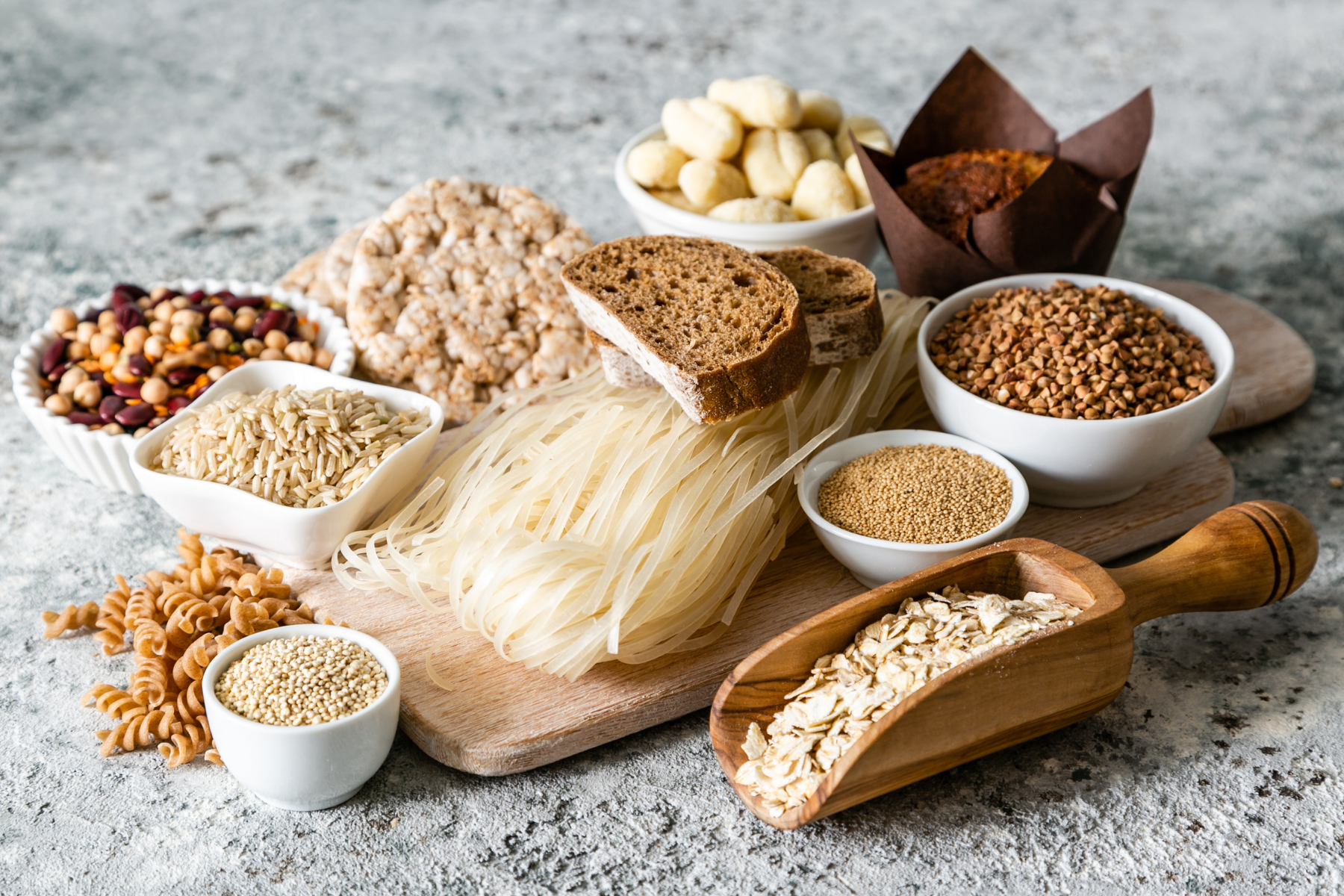Celiac disease affects roughly 1% of the world and it is caused by a genetic mutation. Individuals with the disease have to be careful with what foods they eat because the disease affects personal nutrition in many ways. Recent research has been looking into variables that impact the disease occurring in individuals. In this blog, the relationship between celiac disease development and naturally occurring fungi in the body will be discussed!
What is Celiac Disease?
Celiac disease is an autoimmune disease which means that it is related to the immune system. The immune system is the body’s defense mechanism against infections. Autoimmune diseases are diseases where the body detects its own cells as being dangerous and begins to attack its own cells. In celiac disease, the body is alerted by the presence of a protein and begins to attack its own cells. This process occurs in the small intestine of the body which can ultimately lead to severe damage to the small intestine. The protein that triggers the disease is the gluten protein which is found in wheat, barley, and rye products. People with celiac disease avoid all foods containing gluten because of the damage to the small intestine. The damage done causes permanent effects which alter the body’s ability to get nutrients from any foods eaten.
Here is a deeper look at how the immune system works:
- First, the immune system recognizes an invader which can be any bacteria, virus, or fungi. It is able to recognize that the invader is not meant to be in the body by how the cell looks. Cells have structures on the outside of them which are called receptors and the immune system will detect the receptors and know which invader is in the body.
- The immune system is then activated, meaning it will develop an attack on the invader. The immune system will attack the cells directly and also create antibodies. Antibodies are proteins that can inactivate the invader.
- The immune system will produce antibodies for an invader after the very first invasion which means that antibodies will then be produced every time the immune system recognizes an invader.
What is the Fungi species Candida albicans?
The fungi species Candida albicans is the fungi that causes yeast infections in the body. It is naturally present in the human body. However, if too much of the fungi is present, it can cause disruption in the gut. The disruption causes the immune system to activate and attack the fungi to prevent the body from developing an infection. Once the immune system knows what the fungi look like, it will know to attack the fungi when they appear at high levels. The immune system has a way of remembering dangerous invaders in the body. The fungi are not necessarily bad because, in small amounts, the fungi can promote healthy gut bacterial growth. However, once it becomes too prevalent in the body, it can be harmful to the natural bacterial balance.
How are celiac disease and fungi related?
Recent studies have been exploring the relationship between celiac disease and the yeast fungi. The reason they may be connected is due to the immune system response mentioned before.
The reason that research has connected Candida to celiac disease is because of cell wall structure. One of the many receptor proteins on the gluten protein has a similar look to one of the proteins on the cell wall of Candida. The immune response in an individual with celiac disease produces antibodies called anti-gliadin antibodies. Researchers have found high concentrations of these antibodies in individuals with yeast infections.
Researchers are still uncovering the relationship, but there is some indication that the immune responses between the disease and fungi are similar. The outcome of this research could indicate that yeast infections cause celiac disease to develop. However, since celiac disease is a genetic disorder, an individual would have to have the gene for celiac disease to develop it. This basically means that an individual with the celiac disease gene who gets a yeast infection may have a higher chance of developing the disease afterward. Future research would still need to further develop this idea, but it could be one of the reasons for the increase in celiac disease across the world.
Overall, celiac disease causes lifelong diet and lifestyle changes. Narrowing down some of the potential triggers for the disease could help prevent the illness in genetic carriers.
References:
Al-Janabi, A. A. H. S., & Mohammed, M. J. (2023). Correlation of Celiac Diseases with Candida Spp. Based on Anti-gliadin Antibodies. The Kurume Medical Journal, 68(2), 63–68. https://doi-org.lopes.idm.oclc.org/10.2739/kurumemedj.MS682018







